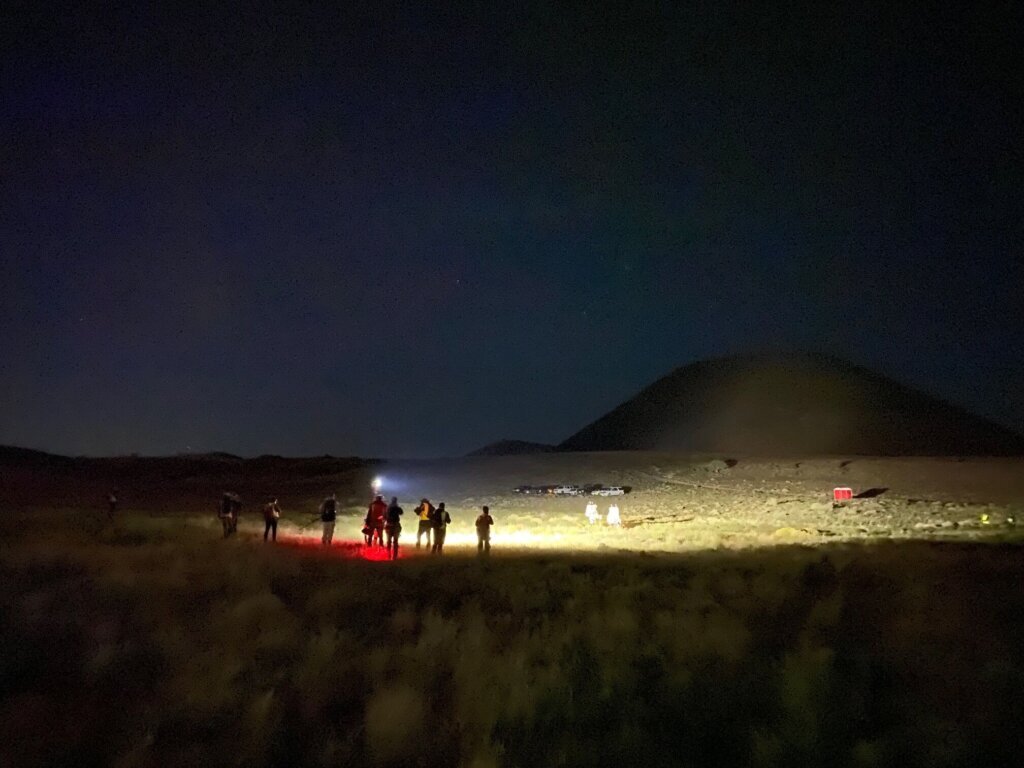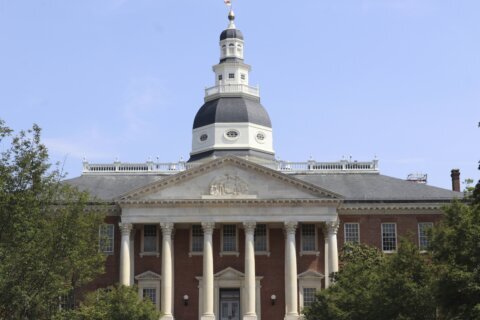
A University of Maryland geologist will help run a simulation this month that will help astronauts prepare for the lunar surface.
He hopes it will be a step closer to putting people back on the moon.
“The surface of the moon is a pretty hostile place to be,” said Patrick Whelley, geologist and assistant research scientist at the University of Maryland and Goddard Space Flight Center.
From May 12 through May 21, Whelley will be coordinating safety and logistics for NASA’s JETT-5 (Joint Extra Vehicular Activity Test Team). The simulation will be a multi-day “moon walk” on a remote, rocky site in northern Arizona.
“We’ll have astronauts suited up with either the mobility suit or with backpacks with communication devices on them. Some of these tests will be during the day. And some of these tests will be during the night so that we can we can play with the lighting conditions,” Whelley said.
The astronauts will use new technologies based on recent scientific developments. The walks will show what kind of things the astronauts might be able to carry with them.
“We’ll just kind of figure out how what kind of geology tasks we can we can assign or give to an astronaut if they’re in a in a mobility limited suit,” Whelley told WTOP.
They will also go over safety procedures for the tough environment that the missions will face on the lunar South Pole.
“It’s both really hot in direct sunlight and really cold when it’s when you’re in a shadow,” Whelley said. “The South Pole is an interesting science target is because there are places that have permanently shadowed regions or places that don’t get sunlight.”
NASA hopes to explore the South Pole for a litany of reasons. The impact craters could tell scientist a lot about the early solar system and how the moon was actually formed.
They could also find water there.
“I think the most exciting piece is this water question like ‘is there stable water on the surface or the near surface of the moon?’ I think that’s really exciting,” Whelley said.
“If we can find it and figure out how to extract it, we could get water that we could drink or make rocket fuel out of and then those technologies would make sending astronauts to Mars a whole lot easier,” he said.
After the simulation, NASA’s mission control in Houston, Texas, will conduct a full investigation of all the communications systems and tools that were used and will be available during future moon missions.
Get breaking news and daily headlines delivered to your email inbox by signing up here.
© 2024 WTOP. All Rights Reserved. This website is not intended for users located within the European Economic Area.








